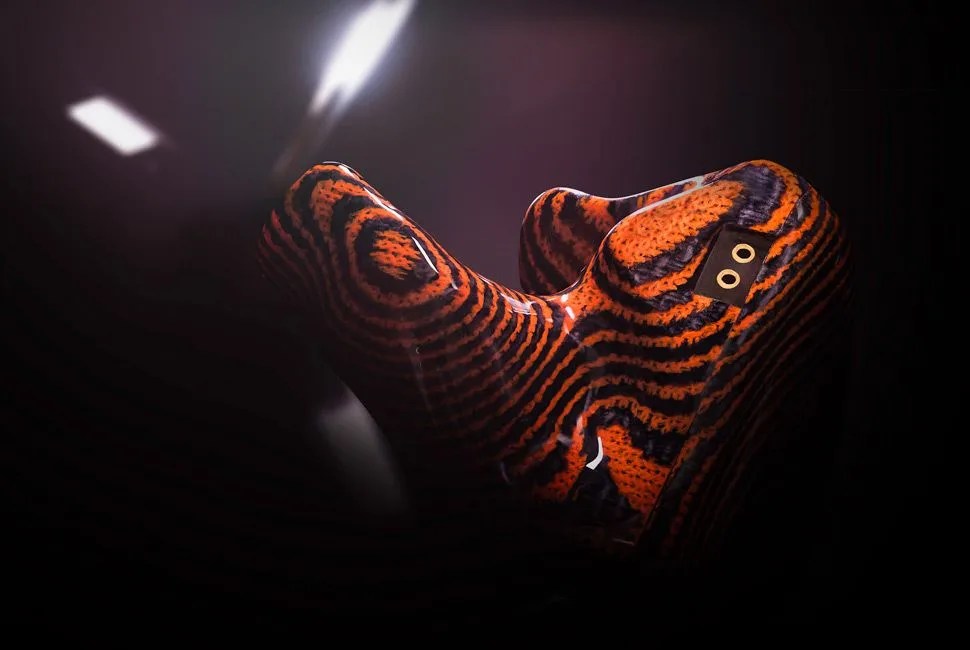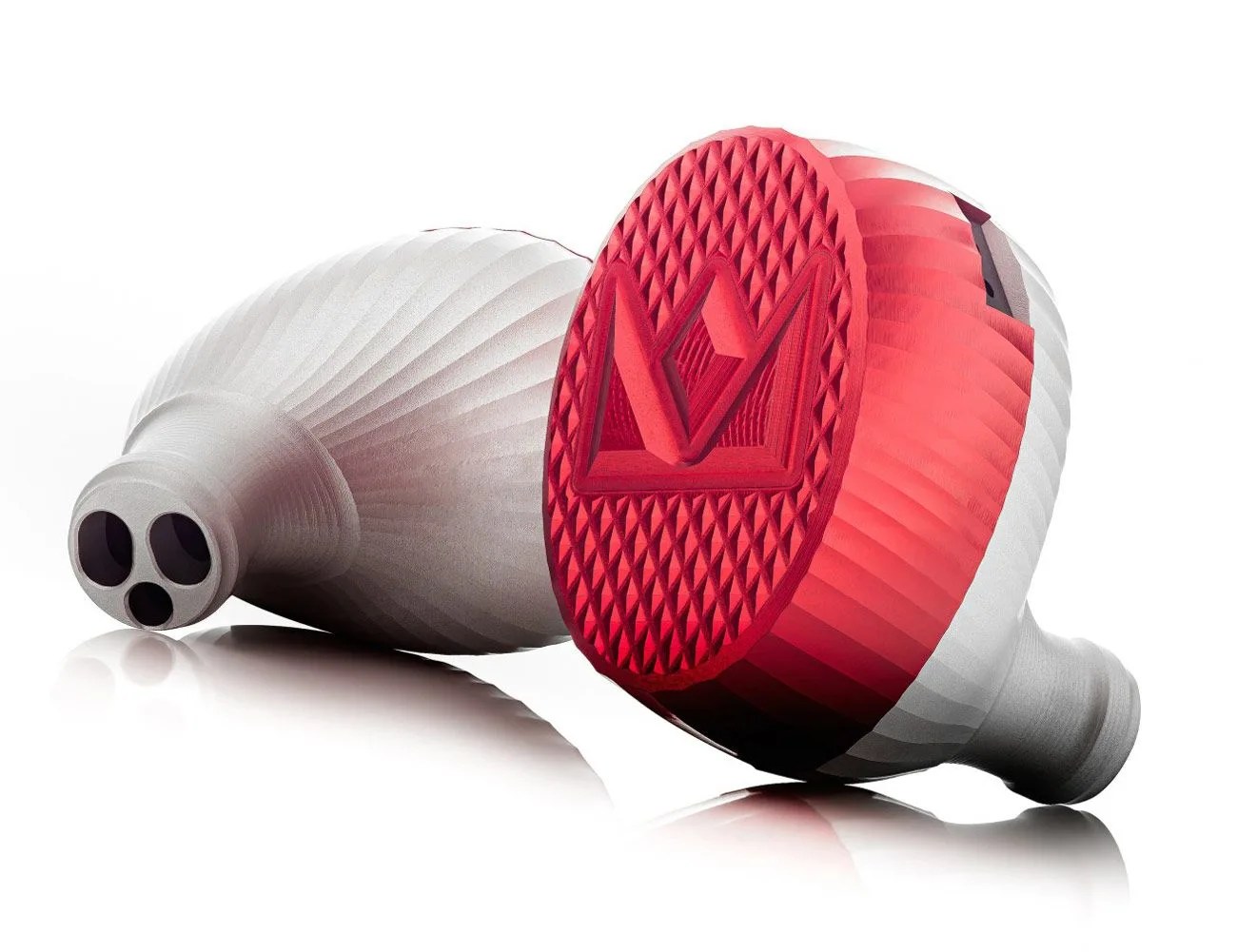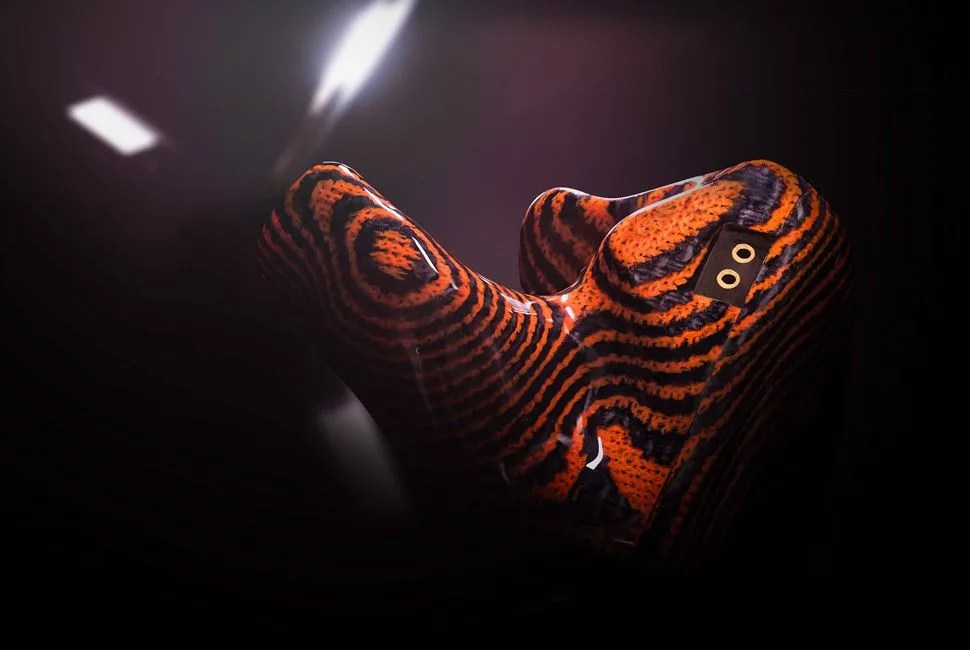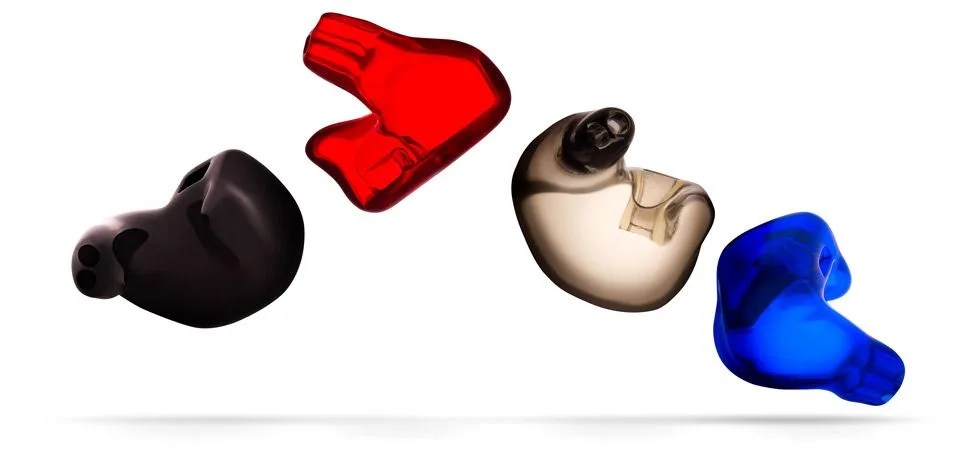It was the throes of winter in Chendgu, China when John Moulton first decided to build a pair of headphones by hand, using his own bathroom as a headquarters. Moulton, a doctorate of audiology and ex-pat, talks about the project like it was a cosmic obligation — a duty to his fellow audio enthusiasts. He earlier had cracked open a pair of $100 Shure E3s, exploring their innards with disgust and determination. “I thought, ‘That’s it?’ I can do this. And I can make a prettier shell. And I can put more effort into it.”
Armed with years of experience working on hearing aids and with easy access to the fine woods of the region, Moulton’s first product was both functional and beautiful. “I was following the CIEM [custom in-ear monitor] scene, if you will, and I saw an injustice going on,” Moulton said. “It’s hard to justify spending $1,100 for something that looks like a wad of bubble gum.”

In contrast with the rest of the industry’s prevailing pale blues, washed out reds and bland clears, the faceplates on Moulton’s first handmade in-ears were coated with materials like Amboyna burl and Siamese rosewood — dark brown, smooth and brilliant like the trim on a luxury sedan interior. He produced a first batch of headphones and, on September 4, 2011, posted photos to Head-Fi, a taste-making, influential and scrutinizing forum and website for audiophiles.
Eleven pages of positive comments followed Moulton’s post, with users officially dubbing him “The Wizard,” and dozens of “orders” flowing in for a business that didn’t yet exist. Many pressed Moulton to start a company. “I have given it some thought,” Moulton, under the user name FullCircle, wrote back modestly. “Getting a company to ‘take off’ is a huge endeavor and it requires a lot of money. I am not saying it will ‘never’ happen, but there are a lot of mountains to climb before it could happen.” Four years later, Noble Audio is thriving.
The company’s flagship offering is the Kaiser 10U, a universal-fit, aluminum-covered in-ear monitor named for the 10 balanced armature drivers (read: little vibrating things that cause sound) that populate each earbud. To give this some context, the standard-issue Apple earbud has just one, and the top-of-the-line offering from headphone mainstay Ultimate Ears has six — two for treble, two for mids, and two for bass. Headphone drivers, like car horsepower, do not always offer superior performance with increasing number, but in the Kaiser 10Us they give a balanced, expansive and rich in-ear monitor deserving of any superlative. The company makes 30 Kaiser 10Us a day by hand, which sell out almost instantly (Japan is their biggest consumer, the US is fifth).


